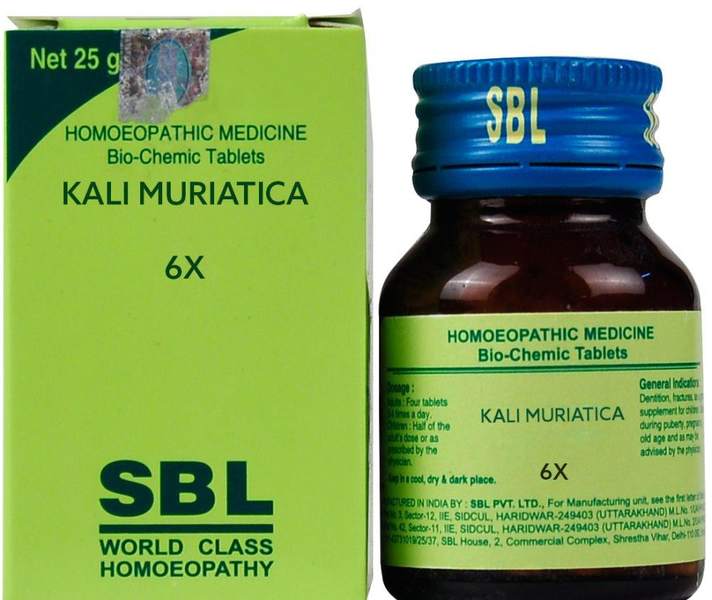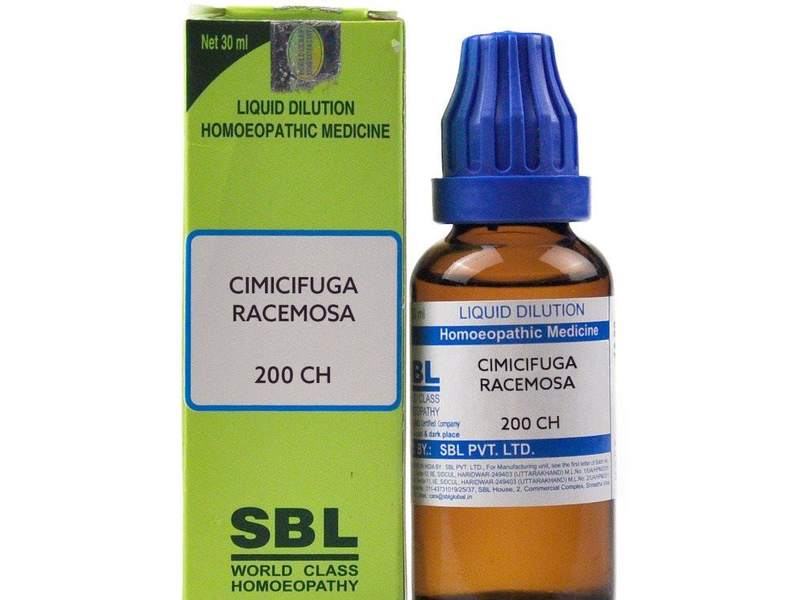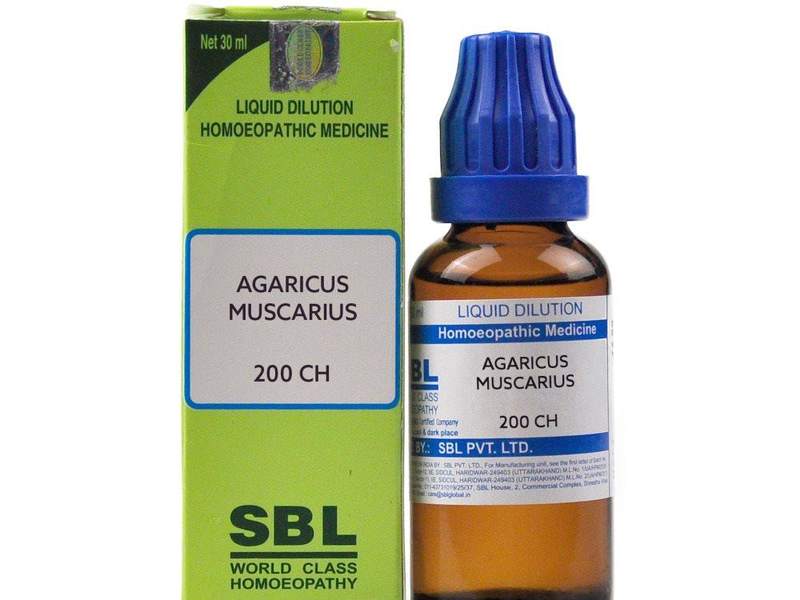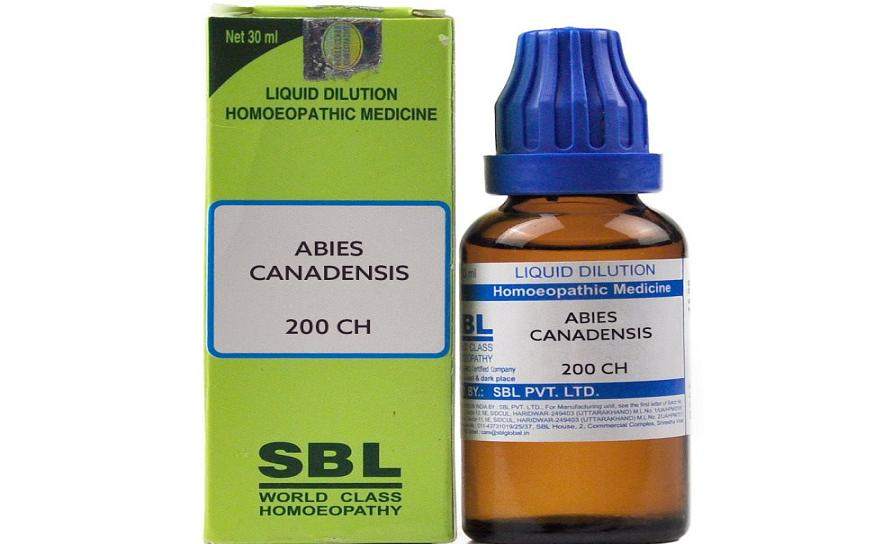Kalium Phosphoricum 6x Uses, Benefits – Kalium Phosphoricum 30x
₹1,867.00 Original price was: ₹1,867.00.₹1,298.00Current price is: ₹1,298.00.
- Slightest labour seems a heavy task
- Discharges golden yellow, copious
- Night terrors of children, awake from sound sleep, screaming and in fright
- Intense sexual desire after menses
Source: Mineral kingdom
Synonyms: Potassium phosphate, Phosphate of potash
Prover: Dr W. H. Schussler, Provers Union, Chicago under Dr H. C. Allen Duration of Action: Not definite
Miasmatic Background: Syphilis at particular and tubercular at general level
Temperament: Nervous
Diathesis: Nervous, cancerous
Thermal Relationship: Hot at general and chilly at particular level
Introduction and History: Kalium phosphoricum is a constituent of Nissle’s granules in the neurons of the brain cells and other intracellular organic materials. For example, nucleic acids (DNA, RNA), energy compounds: ATP, ADP, AMP and creatinine phosphate. It is an essential alkaline phosphate buffer intracellularly while the acidic part of phosphate buffer is potassium di-hydrogen phosphate. This remedy has a wide clinical use. It is one of the twelve tissue remedies by Schussler. It is a biochemic remedy.
Potassium is predominantly an intracellular cation which maintains the electrical excitability of nerves and muscles. Almost all potassium ions are absorbed from the gastrointestinal tract. It is freely filtered at the glomerulus and almost completely reabsorbed in the proximal tubule of the nephrons in the kidney. It is secreted in the distal convoluted tubule of the nephron as well as in the colon. Thus, excretion occurs through urine and faeces.
Description: It is a chemical compound of potassium and phosphoric acid. It can be purchased from a chemist shop. Potassium phosphate is contained primarily in the tissue fluid of the brain and nerve cells; the function of nerves depends on potassium phosphate. Thus, this drug has a favourable influence upon nervous exhaustion. It acts as a cardiac tonic. Potassium phosphate aims particularly at the central nervous system, the autonomic nervous system, particularly the gastrointestinal nerves (region of the splanchnic nerve), all muscle cells and the heart.
Preparation: Triturations are prepared with sugar of milk as directed by the rules of homeopathic pharmacy.
Constitution and Physiognomy: It is best suited to obese, easily exhausted, worn out people, with lax fibre having an offensive odour from the body.
Ailments From: Bad news, disappointment, over study, brain fag, grief, mechanical injury, blows, surgical haemorrhage, chronic abuse of laxatives, drugs like – antidiabetic (Insulin), antihypertensive, diuretics, cortisones, etc.
Seat of Action (Pharmacodynamics): Epithelium, throat, eustachian tubes, lymph glands, shoulders.
Physio-pathological Changes (Pathology)
- Deficiency of Kalium phosphoricum results in intracellular acidosis and extracellular alkalosis with increased phosphaturia.
- Nissle’s granules are regenerated during the resting phase with the help of Kalium phosphoricum. Therefore, it is useful for activation of mind.
- In extracellular alkalosis, its deficiency produces blackish, non-coagulating discharges and a brownish coating on the mucous membranes, while in the acidic condition it produces orange coloured discharges.
- It is an energy bound compound in cells. It’s deficiency results into inappropriate utilisation of carbohydrates, proteins and fats as energy sources and causes accumulation of their intermediate products – intra as well as extra cellularly resulting in decreased functional capacity of the whole body.
- Decreased stability of cells causes ulcers and a gangrenous condition. Therefore, Kalium phosphoricum is useful as a preventive as well as a curative in ulceration and gangrenous conditions of the throat in diphtheria and the intestinal mucosa in typhoid.
Characteristic Mental Symptoms (Psychology)
- Loss of memory, omits letters and words in writing.
- Unrefreshed sleep, somnambulism and insomnia.
- Loss of self confidence, forgetfulness, due to diminished activity of neurons, thinking capacity decreases.
- Cowardice, timid, shy, homesick.
- Fearful, cannot narrate symptoms without weeping; mental fatigue and nervousness.
Characteristic Physical Guiding Symptoms
Discharge: Blackish, non-coagulable of alkaline secretions; for example, profuse, putrid, offensive, disintegrated blood.
Tongue: Brownish coating, swollen, flabby, indented with excessive dryness in the morning. Scorbutic spongy gums and salty saliva.
Taste: Tasteless or bitter taste; foetor.
Incontinence: Incontinence of urine and stool with a cadaveric smell of the body.
Putrid: Putrid discharges, putrid stools, putrid haemorrhages, putrid gangrene, etc.
Headache: Headache from eye strain, better from wrapping up.
Grinding: Grinding of teeth during sleep.
Vision: Dim vision after coition.
Sleeplessness: Sleeplessness with worry.
Sexual desire: Intense sexual desire after menses.
Urine: Incontinence of urine from nervous debility. Polyuria from nervous debility.
Twitchings: Twitching, jerking with numbness of a single muscle or a group of muscles with convulsions. Epilepsy leading to unconsciousness.
Weakness: Weakness, weariness and exhaustion out of proportion, after and during acute septic diseases.
Delirium: Gangrenous and necrotic conditions leading to a state of delirium, especially in dysentery, diphtheria and typhoid.
Pain: It has a characteristic pain like stitching, tearing or numbness.
Menses: Too profuse; too early; intense sexual desire after menses.
Leucorrhoea: Leucorrhoea orange in colour; thin or thick.
Taste: Tasteless or bitter taste; foetor.
Important Characteristic Features
Typhoid fever: Malignant symptoms in typhoid fever, especially those which affect the brain causing temporary insanity. Hallucinations of the brain. Weakness and debility. Putrid stools. Sleeplessness. Offensive breath or weak action of the heart. Dryness of the tongue. Tongue coated like stale mustard. Inarticulate speech. Delirium tremens; Kalium phosphoricum should be alternated with Natrium muriaticum.
Women
(i) Menstruation: Kalium phosphoricum in weak, irritable, sensitive women. Menses too late and too scanty or too profuse; discharge deep red or blackish-red, not coagulating. Retained or delayed menstruation, with depression of spirits and general nervous debility.
(ii) Menstrual colic: Magnesia phosphorica is usually given. Kalium phosphoricum is for pale, sensitive, irritable people, inclined to weep. Indicated if there is an accelerated pulse and increased redness of the face.
Blood pressure and prostration: Prostration, weak and tired. Conditions arising from want of nerve power, neurasthenia, mental and physical depression. Marked disturbance of the sympathetic nervous system. Cerebral anaemia. Very nervous, starts easily; irritable. Loss of memory. Slightest labour seems a heavy task. The causes are usually excitement, overwork and worry.
Diabetes: Kalium phosphoricum is necessary to establish normal functioning of the medulla oblongata and pneumogastric nerve, which later acts on the stomach and lungs; the symptoms from the disturbed action of these parts are nervous weakness, voracious hunger, sleeplessness, etc. Dr Schussler, says that perhaps Kalium phosphoricum and Calcarea sulphurica may also serve as diabetic remedies, while Ferrum phosphoricum and Natrium phosphoricum may act as additional tonics with good results; Natrium sulphuricum was also given as the chief remedy in each case.
General Modalities
Aggravation: From continuous motion, from coition, noise, when alone, after rising in the morning, from cold, lying on the painful part, after eating, on falling asleep, 3-5 am, early morning.
Amelioration: Open air, bending double, from heat, etc.
Remedy Relationships
Compatible remedies: Ferr-p, Calc-f, Mag-p, Cycl.
Compare: Anac, Ign, Hyos, Sil, Stram, Ars, Podo, Tub, Caust, Arg-n.
Comparison
Facial paralysis: Caust.
Better from gentle motion: Ferr, Kali-p, Puls.
Pulsatilla pratensis: Warm blooded, worse in a hot and closed room, better in cool open air; mild, gentle, yielding, weepy, with thick bland discharges.
Kalium sulphuricum: Warm blooded, worse in hot and closed room, better in cool, open air; irritable, obstinate; with yellow slimy discharges.
Calcarea sulphurica: Warm blooded; worse in a warm, closed room; better in cool, open air; with suppuration.
Kalium phosphoricum: Warm blooded; neurasthenic; putrid stools; better from gentle motion.
Potency: 3x, 6x, 12x, 30, 200, 1000.
Dosage
- Lower potencies seem to work best. Schussler recommends 2x or 3x.
- According to Dr J. T. Kent, ‘The high and highest potencies have served the best, and it should be used in the single dose.
Repetition
- To be repeated frequently in low potencies, especially in mental diseases.
- Single dose of high potency in constitutional disorders.
Therapeutic Value: Anaemia, Brain fag, Cerebral anaemia, Diarrhoea, Diphtheria, Emaciation, Epilepsy, Fatigue especially mental, Gonorrhoea, Headache, Infective hepatitis, Memory weak, Nervousness, Neurasthenia, Sprains, Weakness.
Related products
Homeopathic Medicine
Homeopathic Medicine
Homeopathic Medicine
Anacardium Orientale Homeopathic – Anacardium Orientale Benefits
Homeopathic Medicine
Homeopathic Medicine
Antimonium Crudum ( Antim Crud ) – Antimonium Crudum Materia Medica
Homeopathic Medicine
Arsenic Album 30 Homeopathy – Arsenicum Album Materia Medica
Homeopathic Medicine
Homeopathic Medicine
Abies Canadensis Homeopathic Medicine – Abies Canadensis Uses











